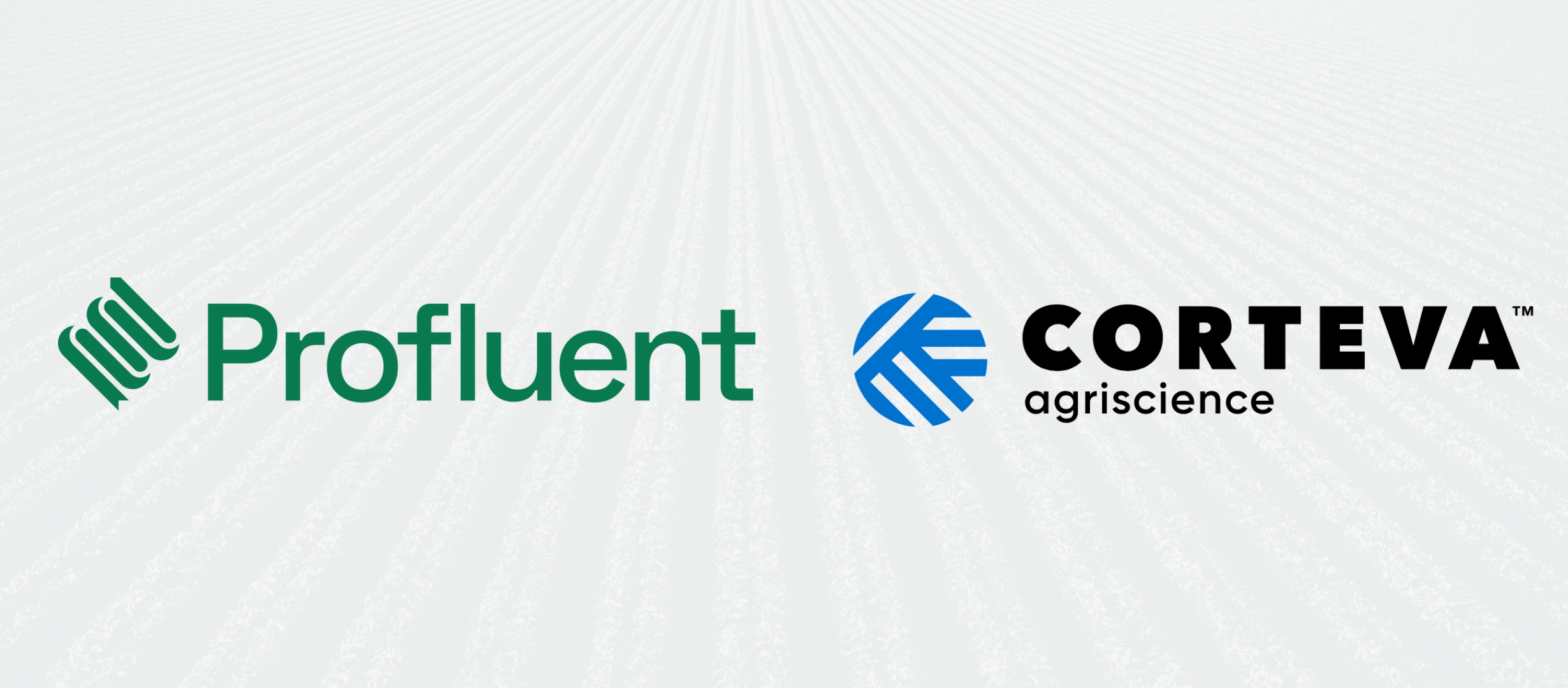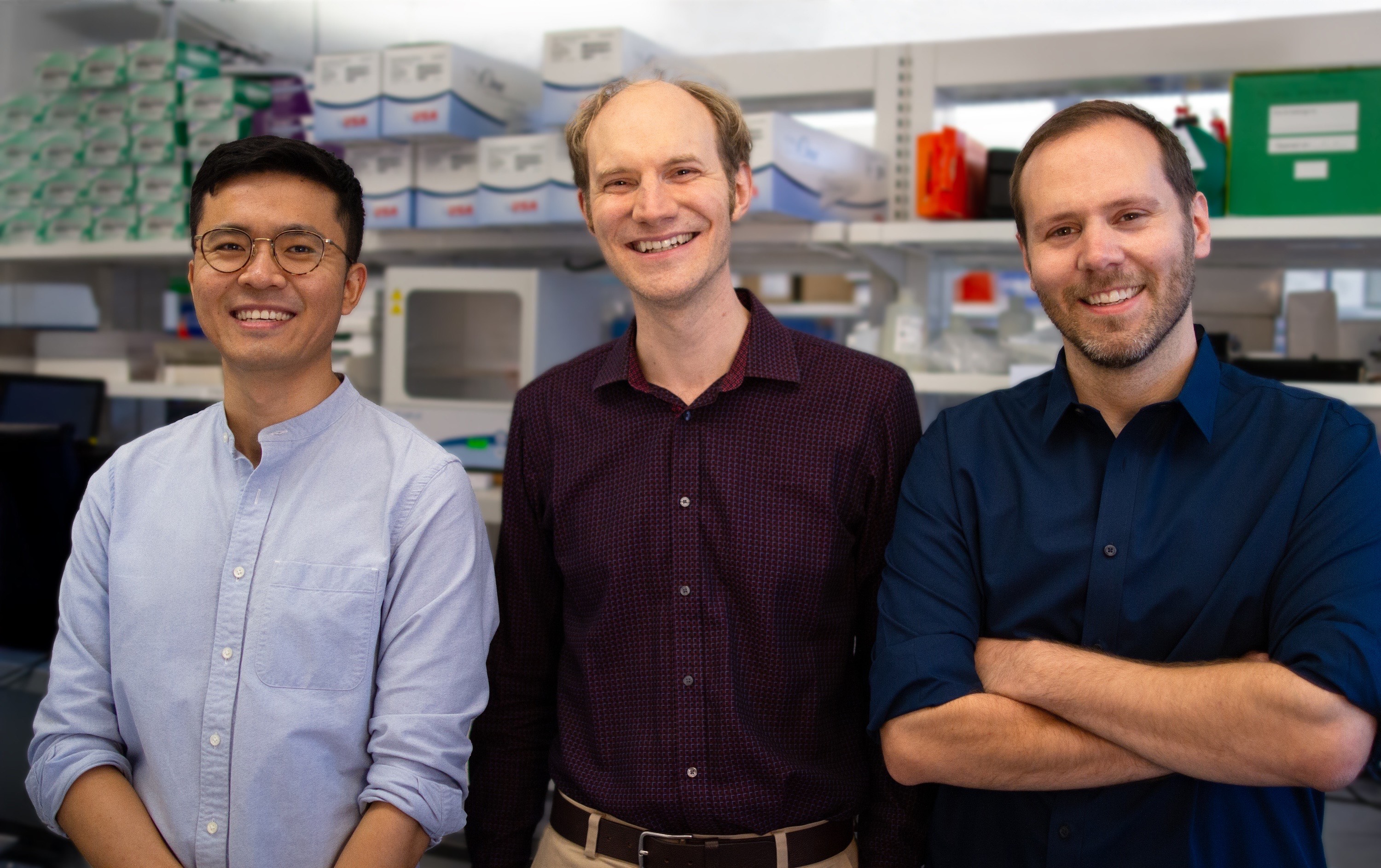Going Swimmingly: AquaBounty’s GM Salmon Approved for Consumption After 19 Years
Synthetic biology and genetic modification have brought major changes to the world of agriculture, underlying products as diverse as corn with resistance to pest infection or non-browning apples. Despite this, breeding animals for new traits is still performed in the slow, old fashioned manner – without the use of synthetic biology techniques. This is about to change, thanks to the recent news that the first genetically modified animal, a fast-growing salmon, is now approved for human consumption in the USA.
The salmon, known as AquAdvantage, have been developed by Massachusetts-based AquaBounty Technologies – themselves a subsidiary of Randal Kirk’s Intrexon. AquAdvantage salmon are genetically modified to express a growth hormone protein from Chinook salmon under the transcriptional control of Chinook/ocean pout regulatory elements. The effect of this modification is to produce a faster growing fish – one which can reach full size within 18 months rather than 3 years.
AquaBounty also claims that the salmon require 25% less feed to gain body weight compared to Atlantic salmon currently on the market. As the fish are intended for use within commercial aquaculture systems (a ‘fish farm’, essentially), this improved growth rate and mass conversion efficiency are a major bonus. The increased growth rate appears to make inland farming of salmon a viable possibility (as opposed to ocean-based salmon farms which predominate today), and thus has been touted for potential decreases in environmental impact.AquaBounty has not yet begun to sell these salmon for human consumption, although a small-scale facility in the highlands of Panama has been operating for several years now. Capable of supplying approximately 100 tonnes of salmon per year, it is dwarfed by the several hundred thousand tonnes which are imported to the US annually. This small supply, however, acts as a prototype for inland production and marks the beginning of the company’s expansion into selling salmon eggs to farmers across the globe.It has been an exceptionally long battle for the company, which first applied for FDA approval back in 1995 and then suffered through a number of delays and pauses in the regulatory process. This long struggle (place your favourite salmon-related pun here) and associated cash bleed led the company close to closure, and indeed AquaBounty was saved only by last-minute refinancing and fresh investment from Intrexon. The drawn-out nature of this process has led to rumours of political interference, though is likely also due to the FDA’s natural hesitance when setting precedents of this nature.This hesitation is entirely justified, as the approval process has been quite controversial – environmental groups such as Friends of the Earth and Greenpeace in particular having led a number of campaigns against the process. Concerns have predominantly been raised over the potential for these introduced genes to spread in the wild, although AquaBounty points out that all salmon grown from their eggs are both female and sterile (without, fortunately, frog DNA). Calls for public commentary by the FDA during the approval process led to them receiving over 322,000 written comments (of which a grand total of 38 were considered to be ‘substantive’ – i.e. they actually presented specific information or opinions). Several petitions have been sent to the FDA asking that the approval process for the salmon be halted, or that it be declared an unsafe food additive, both of which have now been denied. Despite this, further pressure is currently being placed on supermarkets and other retailers to prevent sales of AquAdvantage.Controversy of this nature is nothing new to AquaBounty, who have after all been dealing with it for almost two decades now. However, these kind of protests have the potential to disrupt AquaBounty’s commercial efforts and thus prospects to make back some of the over 80 million dollars spent so far. Other firms are developing modified animals, such as Recombinetics’ livestock and Revo Biologics’ drug-producing goats (and, well, fluorescent fish from GloFish) – all of whom have faced similar difficulties. The important question for all of them: will AquAdvantage salmon be a commercial success? All of us will be watching and waiting to find out.



.svg)










.jpg)

.gif)